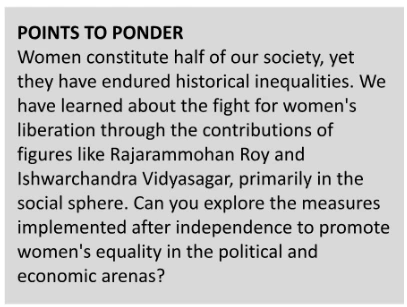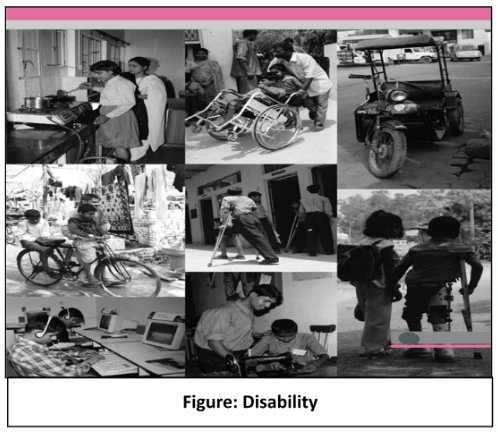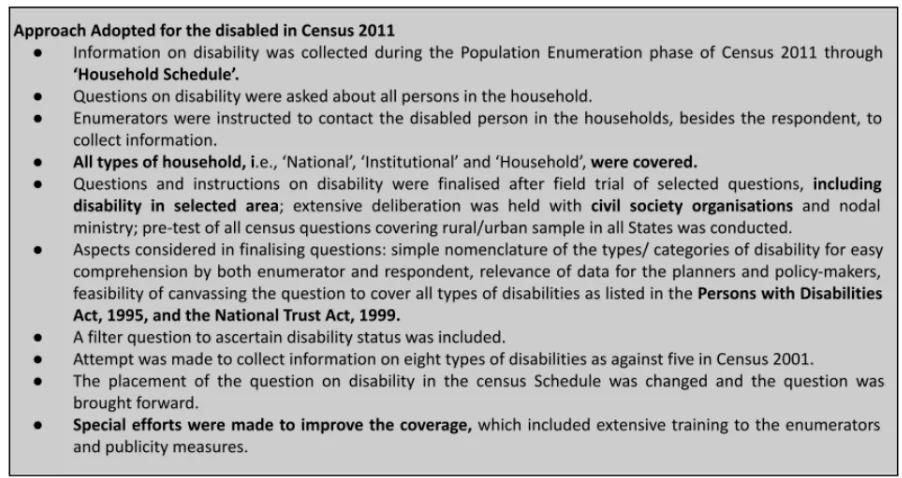![]() 11 Dec 2023
11 Dec 2023
While physical differences between men and women are evident, scholars argue that gender equality and inequalities are socially constructed rather than naturally determined. Evidence suggests that biological reasoning cannot justify the limited representation of women in powerful public roles or their unequal share in familial inheritance.
For instance, Matrilineal societies like the Nairs of Kerala or the Khasis of Meghalaya have functioned successfully, indicating that gender equality is not biologically preordained.
 All citizens are equal before the law, irrespective of religion, caste, creed, or sex.
All citizens are equal before the law, irrespective of religion, caste, creed, or sex. It’s significantly influenced by societal structures that often fail to address the needs of the differently-abled.
It’s significantly influenced by societal structures that often fail to address the needs of the differently-abled. 
<div class="new-fform">
</div>